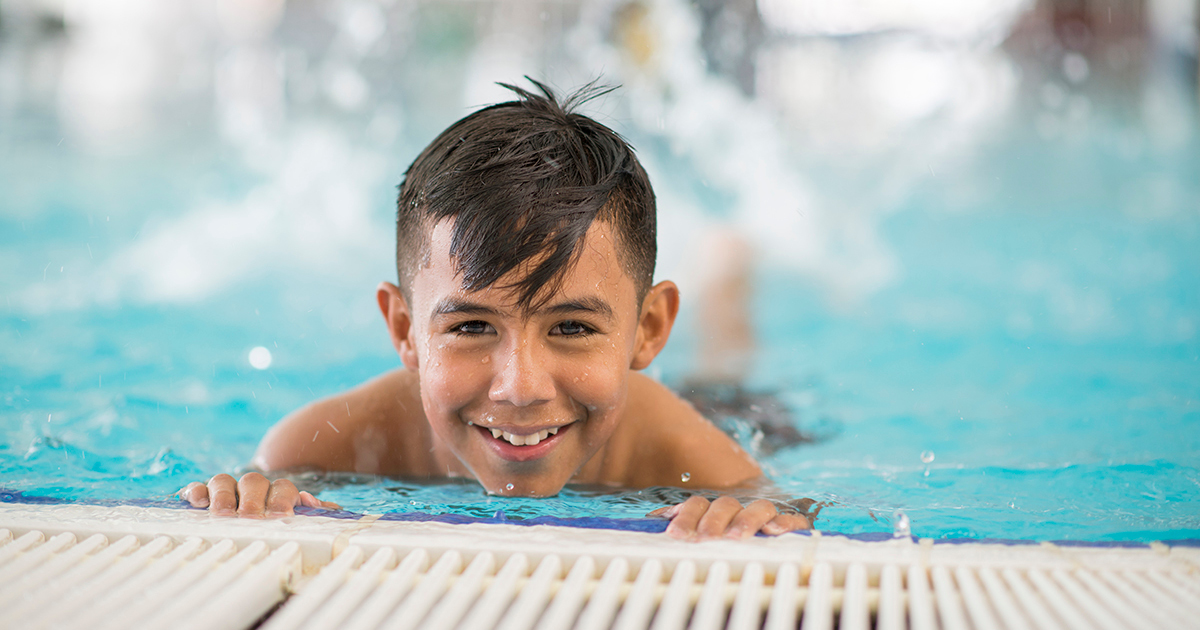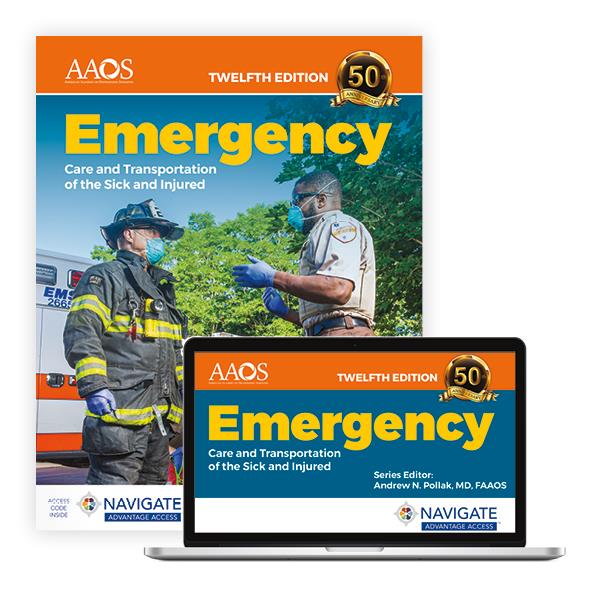Turning the Tide on Tragedy: The Importance of Teaching Drowning Intervention Skills Year-Round

Our lives are intertwined with water. We drink fresh clean water, we bathe in it, and on hot days we cool ourselves off in it. If your community is landlocked with no rivers, lakes, or beaches, there are homes and community pools and hot tubs. Water emergencies can happen anywhere.
Back in 1975, while attending college, I worked part-time on a 9-1-1 ambulance in the City of Troy, New York. After all these years and thousands of emergency calls, I still remember being dispatched to a 5-year-old boy found in an aboveground backyard swimming pool. The ladder/steps were accessible, and no one was closely supervising the child. We did all the right things we were trained to do as fast as we could: CPR to the local ED, and we even got a pulse back, but unfortunately too much time had transpired before the child was pulled out of the pool. The child did survive and was ultimately transferred to a long-term care facility. I have thought often about him over the years.
A few years later, in 1978, I was on a call for an infant drowning. In those days no one had a cell phone. The landline was a telephone, usually on the wall in the kitchen with a long extension cord. A mother was bathing her infant with a plastic seat in the bathtub and the phone rang. She made the life-changing decision to just step away for a moment and when she returned, the infant was face down in the tub.
Again, I remember doing infant CPR in the front of a police car racing to Elmhurst ED. The baby boy died that evening. I also remember him from time to time. I am so glad that we did not confront the mother on her decision-making as I suspect she has lived all these years wondering.
There is arguably nothing more devastating in emergency medical services than responding to a drowning or near-drowning incident, particularly when it involves a child. Yet if we teach the right interventions, those trained can play a significant role in the drowning victim’s well-being. Read on to learn more.
Data on Drowning Incidents in the United States
Prior to 2002 there were some 33 different published definitions of drowning and near drowning. Many of these terms were confusing and made tracking drowning patients difficult. Drowning was defined by consensus at the World Congress on Drowning as the process of experiencing respiratory impairment from submersion/immersion in liquid.
If someone has difficulty breathing as a result of being underwater, then they have drowned. Implicit in this definition is that a liquid-air interface is present at the entrance to the patient's airway, which prevents breathing oxygen. The terms "wet drowning," "dry drowning," "active or passive drowning," "near-drowning," "secondary drowning," and "silent drowning" may be noted in historical references, but they have been abandoned in favor of the general term "drowning." Terms describing outcomes were also simplified to death, morbidity, or no morbidity.
Here is further data from the Centers for Disease Control and Prevention’s site on drowning.
- The most common cause of drowning in the U.S. is the inability to swim.
- There are around 4,000 fatal unintentional drownings yearly and approximately 8,000 nonfatal drownings yearly. The nonfatal drownings can result in long-term health problems (such as brain damage and other long-term disabilities).
- Children are definitely at risk, especially when not closely supervised around water. Drowning is the number one cause of unintentional death for children aged 1-4.
- Approximately 75 percent of child drowning fatalities (aged 15 or younger) occur in a private residential pool.
- For teens and adults, alcohol consumption is involved in 70% of the fatal drownings.
- Nearly 80% of drowning victims are male with increased exposure to water, risk-taking behaviors, and alcohol use as contributing factors.
Alcohol’s Outsized Impact on Water Incidents
I want to note that alcohol has a significant impact when it comes to water incidents and drowning, so responding EMS should be aware.
Swimming and boating do not mix well with alcohol or drugs. Most boaters think collisions are the greatest threat when drinking alcohol on the water. According to the BoatUS Foundation for Boating Safety and Clean Water, an estimated 75 percent of alcohol-related boating accidents and injuries do not involve collisions. In fact, falls on board or overboard, or missteps at the dock or getting into the dinghy, are a much greater threat when drinking afloat.
According to the U.S. Coast Guard, alcohol is a major factor in as much as 50 percent of all recreational boating fatalities. A boat operator with a blood alcohol concentration above 0.10 percent - the legal threshold in 38 states - is 10 times more likely to be killed in a boating accident than a boater with zero BAC.
Recommendations from ILCOR on Drowning
In the 2023 ILCOR Consensus on CPR and ECC Science with Treatment Recommendations published in both Circulation and Resuscitation peer reviewed journals, their BLS Task Force and an expert review group on drowning addressed drowning questions and made the following treatment recommendations or good practice statements:
- Immediate Resuscitation in Water or on Boat in Drowning – In either case: In-water resuscitation (ventilations only) may be delivered if rescuers trained in this technique determine that it is feasible and safe with the equipment available and the distance to shore warrants its use. If the rescuers feel that the application of immediate resuscitation is too difficult or unsafe, then the rescuers may delay resuscitation until on dry land.
- AED Use First Versus CPR First in Cardiac Arrest in Drowning – CPR should be started first and continued until an AED has been obtained and is ready for use. When available, an AED should be used.
- Ventilation Equipment in Cardiac Arrest After Drowning – Recommend using mouth-to-mouth, mouth-to-nose, or pocket-mask ventilation by BLS providers and laypeople for adults and children in cardiac arrest caused by drowning. Suggest that bag-mask ventilation (BMV) can be used by lifeguards or other BLS providers with a duty to respond, on the condition that it is part of a competency-based training program with regular retraining and maintenance of equipment (good practice statement). It is recommended that health care professionals follow the ALS treatment recommendations for airway management for adults and children in cardiac arrest caused by drowning.
- Chest-Compression-Only CPR in Cardiac Arrest in Drowning – For lay responders, treatment recommendations for CPR in drowned patients with OHCA who have been removed from the water remain consistent with CPR for all patients in cardiac arrest. For adults, recommend that bystanders perform chest compressions for all patients in cardiac arrest. Suggest that bystanders who are trained, able, and willing to give rescue breaths and chest compressions do so for adults in cardiac arrest. Suggest that bystanders provide CPR with ventilation for infants and children < 18 years of age with OHCA. Recommend that if bystanders cannot provide rescue breaths as part of CPR for infants and children < 18 years of age with OHCA, they should at least provide chest compressions. For health care professionals and those with a duty to respond to drowning, recommend providing ventilation in addition to chest compressions if they have been trained and are able and willing to do so.
- Public Access Defib (PAD) Programs for Drowning – Recommend implementing PAD programs for all patients with OHCA.
- Prehospital Oxygen Administration in Cardiac Arrest After Drowning – When available, recommend that trained providers use the highest possible inspired oxygen concentration during resuscitation for adults and children in cardiac arrest after drowning.
Safety and Training of Emergency Responders
As emergency responders we need to be the example for our community. Does your agency have SOPs for working around bodies of water (for example, always wear a PFD, how to throw a rescue line, how to safely remove a patient from a body of water, and when to call for specialized rescue). Do you conduct regular drills that teach water safety skills and emphasize safety in and around water? Are your responders trained to swim and begin the initial steps of a rescue? How long does it take in your community to get a dive team or specialized rescue to the scene?
Essential Five Swimming Skills
Although 80 percent of Americans claim they can swim, according to a survey conducted by the American Red Cross, only 56 percent of adults who say they know how to swim are able to perform all five of these lifesaving skills:
- Floating or treading water for one minute without the aid of a flotation device.
- Stepping or jumping into water over your head and returning to the surface.
- Treading water or floating in a full circle and then finding a way out of the water.
- Exiting a pool without using a ladder (or steps).
- Swimming 25 yards (the length of a standard pool) without stopping.
These skills are absolutely necessary if you’re ever in a pool or open-water emergency.
Drowning Prevention
Initiatives that we should consider advocating for in our community to help prevent drowning include:
- Barriers and Alarms: Requiring pool fencing that can prevent young children from accessing the pool without the caregivers’ awareness.
- Supervision: Educating the public that “it only takes a moment” of an unsupervised child to drown. In fact, drowning happens in lakes and oceans, pools, bathtubs, and even a bucket of water. Close supervision by a sober adult ready to get into the water is essential.
- Water Competency: Availability of swimming classes for all ages.
- Life Jackets: Requiring PFDs for water activities, worn properly and not just carried on the vessel.
- Emergency Preparation: Educating the public on what to do if there is an emergency. CPR and First Aid Training. Understanding the high-risk locations for drowning by age groups.
- Educating the public on the impact of alcohol or drug use
Emergency Care and Transportation of the Sick and Injured, Twelfth Edition:
Since 1971, Emergency Care and Transportation of the Sick and Injured has advanced how EMS education is delivered to help train exceptional EMS professionals around the globe. Fifty years later, the Twelfth Edition is now the most comprehensive, innovative EMT educational solution ever developed.
Instructors: Request More InformationRelated Content:
- Creating Realistic Pediatric Emergency Simulations: Best Practices for EMS Training
- First Aid and CPR Solutions from the Emergency Care & Safety Institute
- Tips for Teaching Pediatric Care in EMS: ‘Listen, Be Honest With Patients, and Look Out for Your Peers’
About the author:
Bob Elling, MPA, Paramedic (retired) – has been a career paramedic, educator, author, and EMS advocate since 1975. He was a paramedic with the Town of Colonie EMS Department, Albany Times Union Center, and Whiteface Mountain Medical Services. He was also an Albany Medical Center Clinical Instructor assigned to the Hudson Valley Community College Paramedic Program. Bob has served as National/Regional Faculty for the AHA and involved in many successful life-saving legislative campaigns with the You’re the Cure Network. He also served as paramedic and lieutenant for New York City EMS, a paramedic program director, and associate director of New York State EMS Bureau. He has authored hundreds of articles, videos, and textbooks to prepare EMS providers for their career. Bob is the ECSI Medical Editor for the CPR and First Aid Series, Co-Author of EVOS-2, and Co-Lead Editor of Nancy Caroline’s Emergency Care in the Streets.


